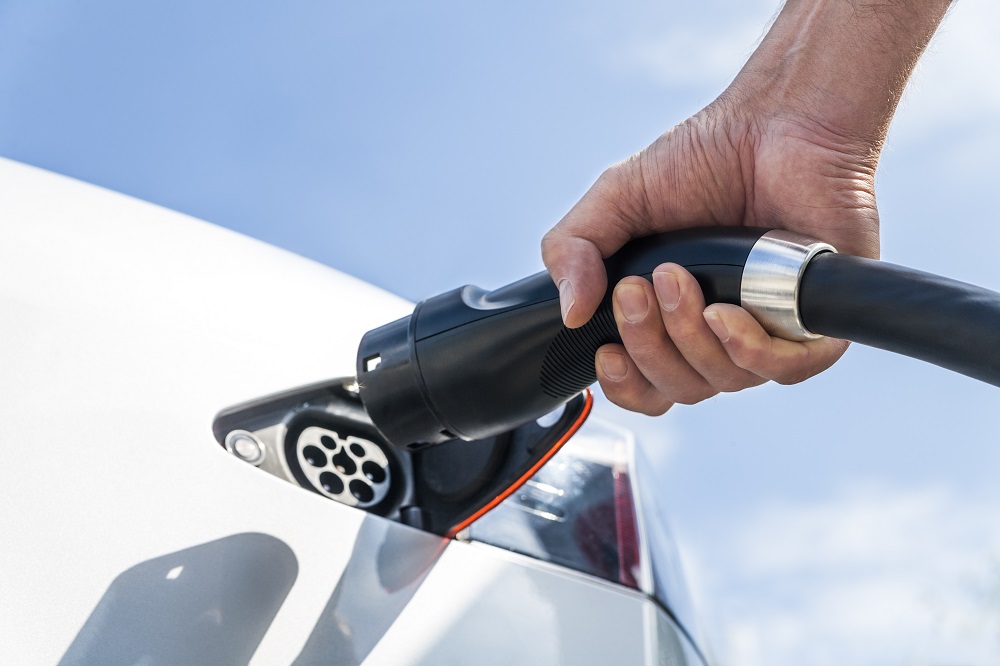By: Wayne Mitchell, Recall Consultant
Last year, the U.S. Environmental Protection Agency (EPA) released draft regulations that would set CO2 limits for cars, SUVs, and pickups for model years 2027-2032 with the goal of further promoting electric vehicle (EV) adoption. In order to meet these limits, the EPA estimates that the proposal would require EVs to grow to 67% of light-duty sales by 2032 – a rather large increase in less than a decade.
Emissions limits
The EPA wasn’t the first regulator to attempt to boost the EV market with emissions limits. Last year, the European Union moved to adopt legislation that would end all sales of new gas-powered vehicles beginning in 2035. While both of these moves are important regulatory steps to reduce CO2 emissions from vehicles, many industry stakeholders have pointed out that OEMs are already shifting their operations and making large investments to facilitate the transition to EVs and these additional regulations may introduce an unnecessary and costly burden. There’s also growing concern that consumers are not wholly on board with the shift to EVs, primarily due to the cost associated with purchasing and maintaining them and the lack of national charging infrastructure.
EV adoption: U.S. and UK
Now, reports suggest that the Biden administration may soon relax some of the ambitious goals it set for ramping up EV adoption. Instead of expecting automakers to have EVs constitute 60% of their new vehicle sales by 2030, the updated rule, which is expected in March, would have that number be less than 60% of total vehicles produced by 2030 instead. It may seem like an insignificant change, but the switch from new vehicle sales to total vehicles produced would reduce the burden on automakers who face challenges in their supply chains and with consumer demand.
The UK made a similar move last year in September, announcing that the government would delay the planned ban on sales of new petrol and diesel cars by five years, from 2030 to 2035. There was mixed response on whether these policy decisions will make it more difficult for manufacturers to meet the ZEV mandate by making it harder to sell cars or if the standards will force the cost of EVs down to attract buyers, thereby increasing the uptake of EVs.
In the U.S., the automotive industry pushed for the EPA and Biden administration to make this change. John Bozella, CEO of the trade group Alliance for Automotive Innovation (AAI), requested that the administration “give the market and supply chains a chance to catch up, maintain a customer’s ability to choose, let more public charging come online, let the industrial credits and Inflation Reduction Act do their thing and impact the industrial shift.”
The impact on operations
Even with the potential change to the EPA’s proposed emissions rule, automotive manufacturers and retailers should still closely monitor any new developments and how they may impact operations. While many automakers are taking steps to transition to EVs, this rule may accelerate that timeline and introduce new points of compliance. Additionally, given the increased safety risks associated with EVs, whether due to their heavier weight or potential for issues with their batteries and charging stations, manufacturers and retailers should work with third party experts to determine their liabilities and how to protect their reputation should an adverse event occur.
Trusted by the world’s leading brands, Sedgwick brand protection has managed more than 7,000 of the most time-critical and sensitive product recalls in 100+ countries and 50+ languages, over 25 years. To find out more about our automotive product recall and remediation solutions, visit our website here.

